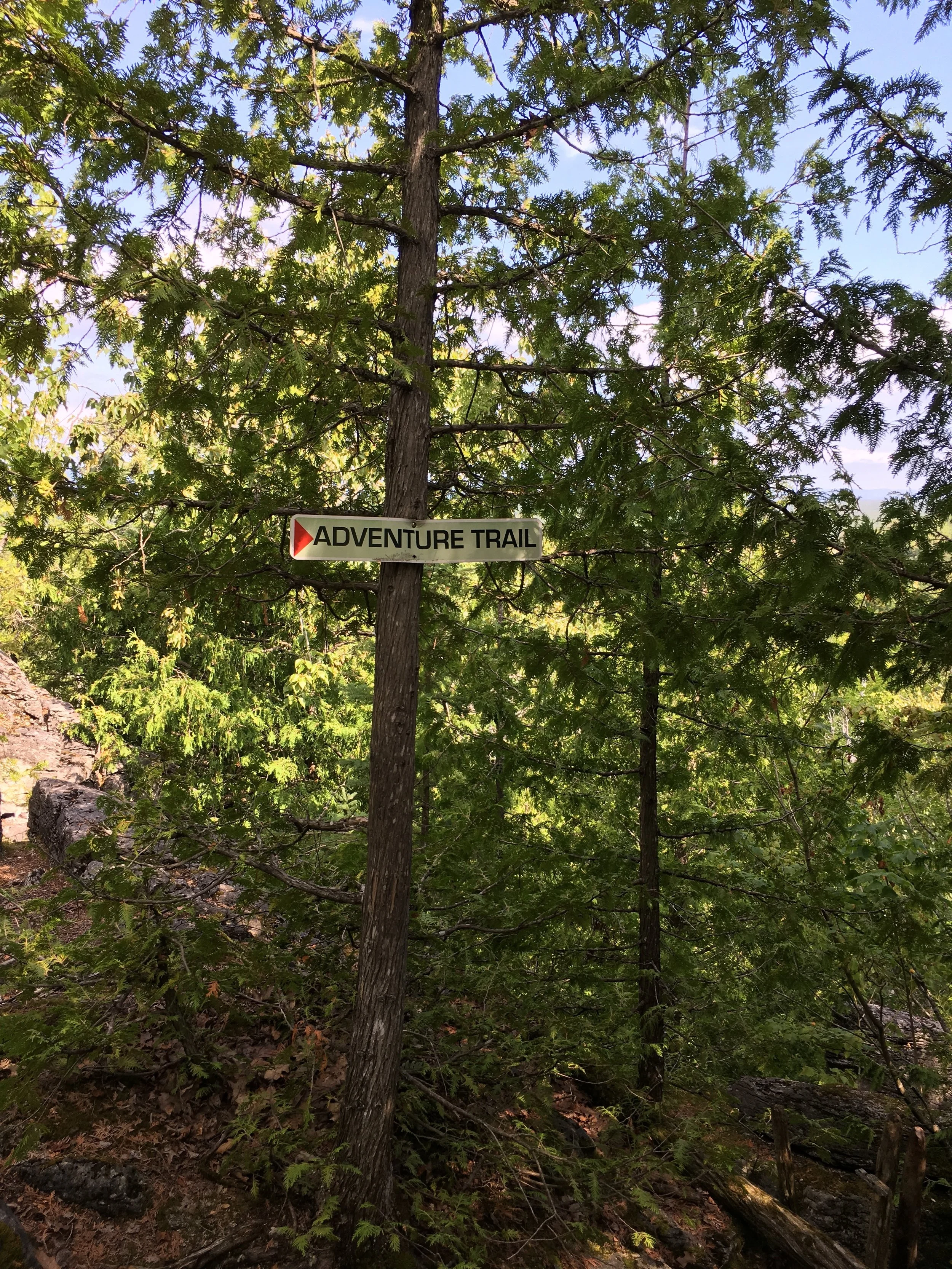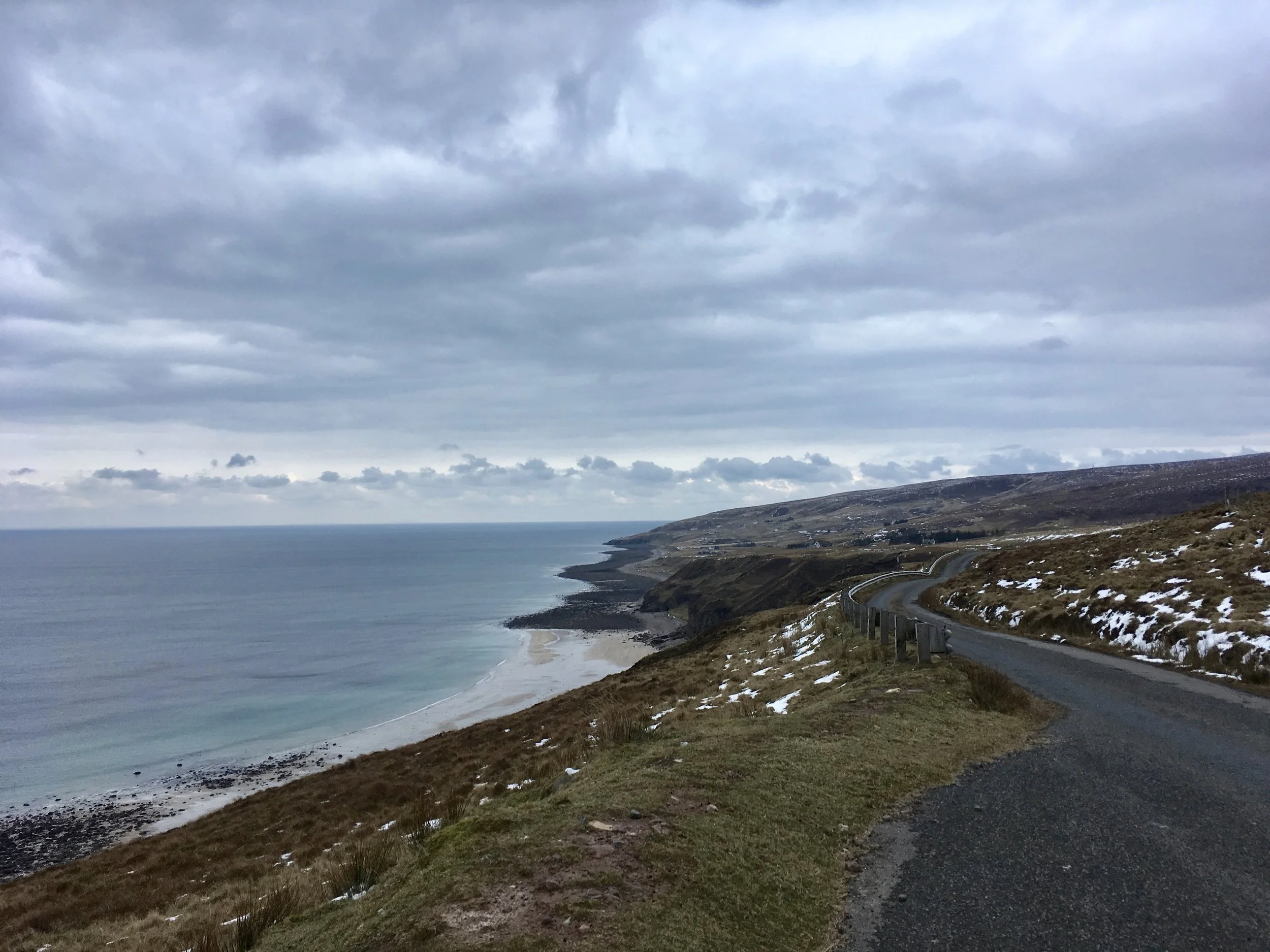I bought a digital alarm clock to wake me with a simulated sunrise and the song of birdsong, yet neither I nor my husband could make it work correctly. Again, I had reached out to ‘buy’ a piece of nature rather than opting for the real thing. After I returned it to the shop, I then began to open the curtains and let the real morning light flood in. I embraced the seasons. I listened to actual birdsong in the morning as I dressed, tuning in with the natural world around me. I began meditating on the train to work, looking at the landscape flash by. I was amazed at how much of the natural world I had tuned out of. It was there to see, but I had just stopped looking. I noticed trees growing at the side of the railway, grass growing wild and abundant between the tracks, clusters of snowdrops forcing their way through winter’s cold, hard earth, and moss growing on the entrance of damp, north-facing tunnel walls. Nature was all around me, and the more I looked, the more I saw. A v-formation of geese flew overhead, symbolising freedom. I made it my mission to carry on looking for nature in my everyday life. I started to go out on my lunch break, just sitting in nature and writing poetry about the natural world within the city around me.
Into the Woods
My reignited senses and focus on reclaiming the wild had started to make me feel better – happier, calmer, with renewed concentration, awareness and vitality. Yet I was keen for more of nature and wanted to try Shinrin-yoku. ‘Forest Bathing’ does not involve stripping off to a bikini, but instead means walking deep into woodland and soaking up the atmosphere.
It is a type of nature-mindfulness which began in Japan in the 1980s and has long been a part of Japanese medicine, with extensive studies showing the physical and mental benefits of immersing yourself in the forest. Trees are believed to give off compounds that boost the number of natural killer (NK) cells we have in our body, thus boosting our immune system and helping us recover more quickly from illness. The NHS state on their website that ‘access to green space … reduces cortisol (stress) levels, increases physical activity and speeds recovery if you have been ill’. Since 2009, the NHS Forest project has seen 150 NHS sites plant thousands of trees on NHS land, enabling more people to access green spaces whilst at hospital to improve patients’ lifestyles and aid recovery processes. For more information, visit https://nhsforest.org/. Reading the evidence that shows how our environment and health are linked is empowering. A walk in the woods seems to lower our heart rate and blood pressure, improving our energy levels and mood, making us happier, calmer, more relaxed, with increased focus and fewer symptoms of depression and anxiety.
The woods were calling to me, just as they have called to others throughout time, urging us to reconnect with our true nature and renew ourselves. ‘It is not so much for its beauty that the forest makes a claim upon men’s hearts,’ wrote Robert Louis Stevenson, ‘as for that subtle something, that quality of air that emanation from old trees, that so wonderfully changes and renews a weary spirit.’ So, I began my journey to a local area of woodland. Even if you live in a city, there will be somewhere nearby with trees if you look.
When I arrived at the opening to the woods, I stood still for a moment to take a deep breath, drawing in a lungful of air so pure you could almost taste it. It is true that when we are around trees the air seems fresher. I walked slowly, meandering along paths that snaked across the leaf-covered earth beneath my feet. Using my senses, I drank in everything. The feel of the ground, the pebbles beneath the soles of my shoes, the air on my cheeks. I noticed the colours of the leaves, the patterns etched into tree-bark, even spotting lovers’ names carved into the trunks. Dappled light shone and danced through the canopy of leaves above my head. The rushing of a stream cut its way through the forest. I walked toward the sound. Sliding over rocks, crashing over waterfalls, it energised the air. Its sound mingled with the chattering of wildlife and the singing of birds. As I breathed in the scent of the evergreens, breathing slowly, deeply, rhythmically, I entered a meditative state where I felt aware, focused, yet deeply calm.











































































